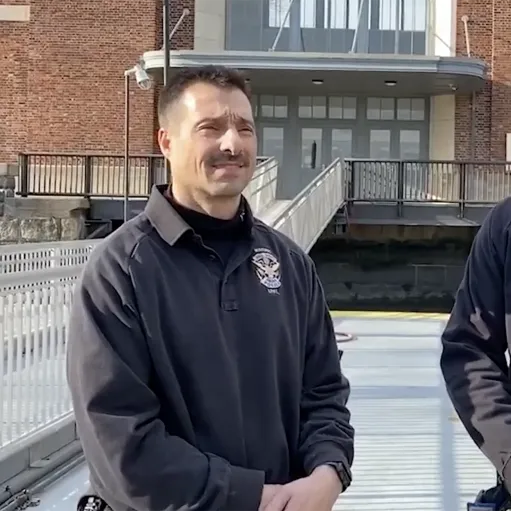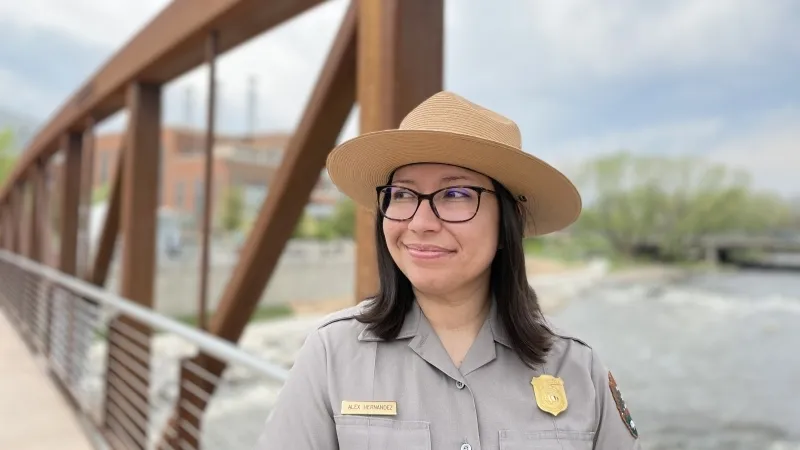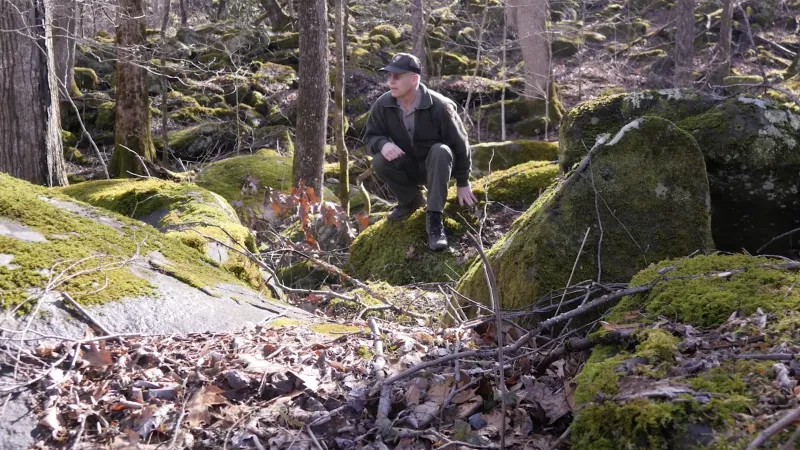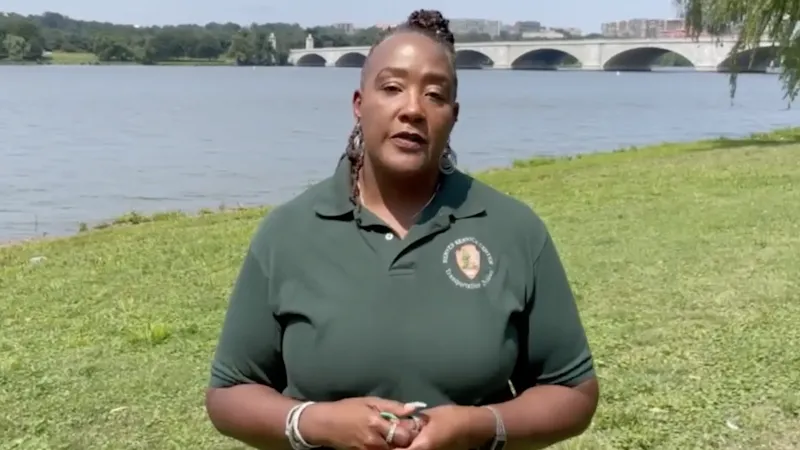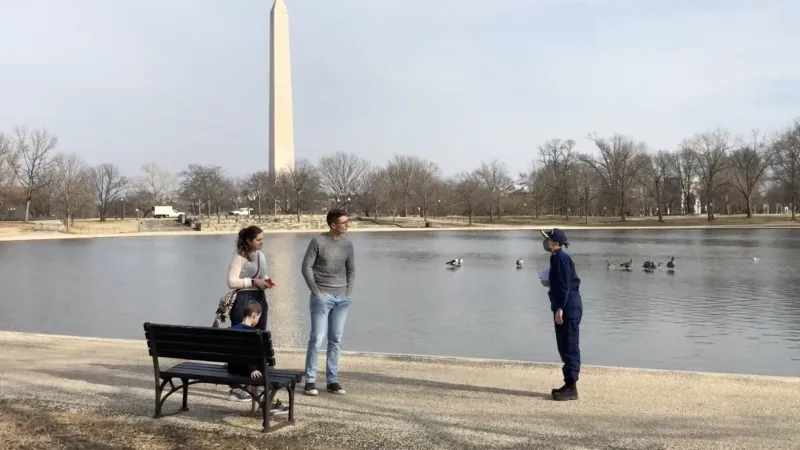Get Inspired
Our national parks are more than sweeping landscapes—they’re urban, cultural, historical. They give unforgettable feelings and memories. And with more than 400 national parks and thousands of public lands nationwide, there's endless ways for you to dive in and Find Your Park.
Adventure Awaits Adventure Awaits Adventure Awaits
Adventure Awaits Adventure Awaits Adventure Awaits


